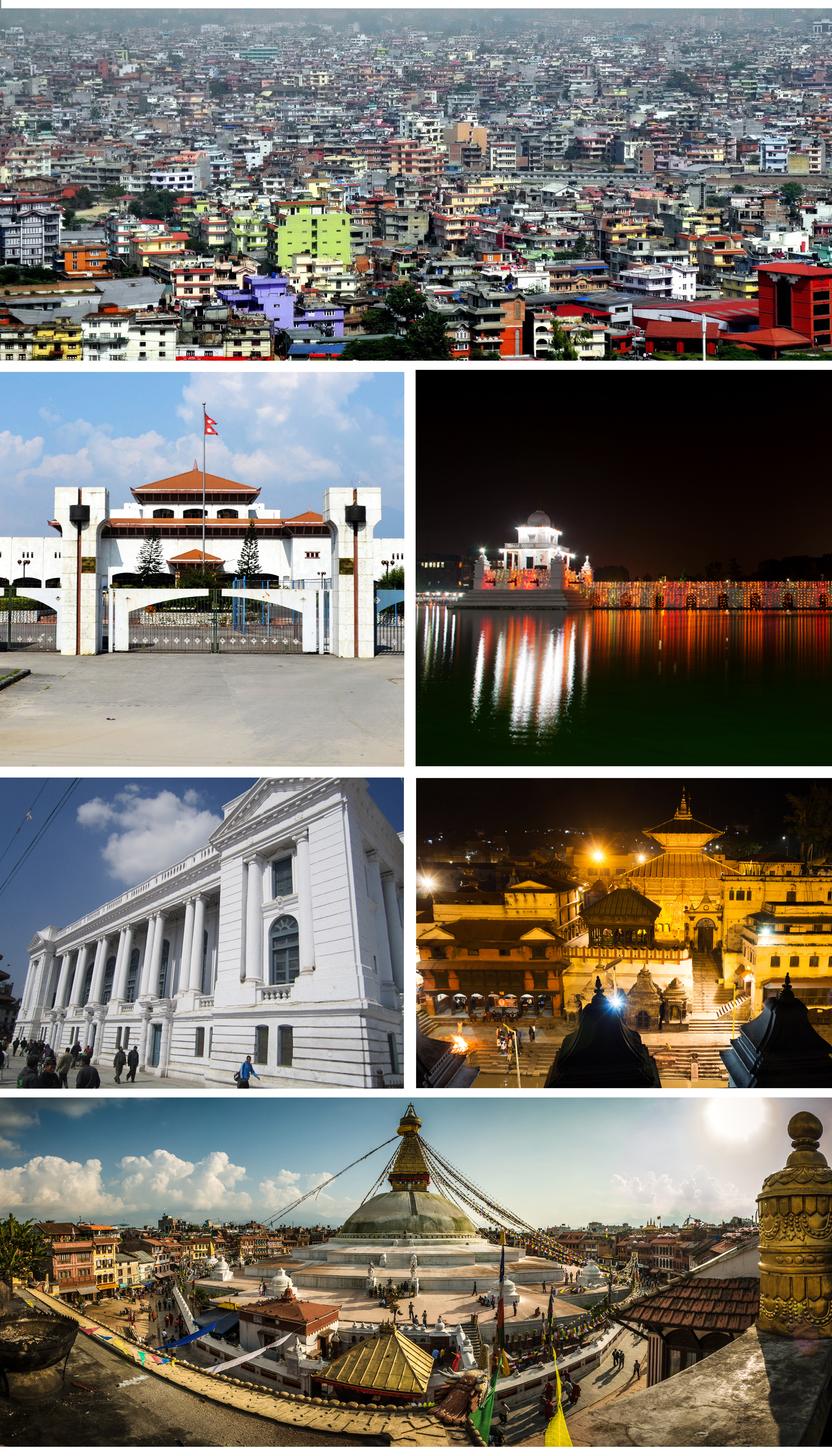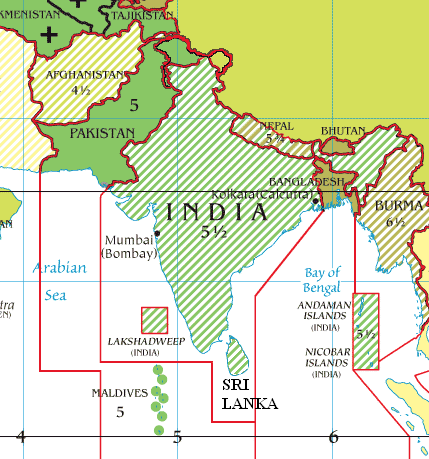|
Thankot
Thankot is a village and former Village Development Committee (Nepal), Village Development Committee that is now part of Chandragiri Municipality in Kathmandu District in Province No. 3 of central Nepal. It lies in the lap of Chandragiri Hill, Nepal, Chandragiri Hill. According to the 2011 Nepal census it has a population of 12,047 and has 2,820 households. Some of the main attractions include Tribhuwan Park, Narayan Temple, Mahalaxmi Temple, and Chandragiri Hill. References [...More Info...] [...Related Items...] OR: [Wikipedia] [Google] [Baidu] |
Chandragiri Municipality
Chandragiri is a List of cities in Nepal, municipality in Kathmandu District in Bagmati Province of Nepal that was declared as municipality on 2 December 2014 by merging the former Village development committee (Nepal), Village Development Committees Baad Bhanjyang, Balambu, Dahachok, Mahadevsthan, Kathmandu, Mahadevsthan, Machhegaun, Matatirtha, Naikap Naya Bhanjyang, Naikap Purano Bhanjyang, Satungal, Thankot and Tinthana. The urban administration is located in Balambu. The city's main attractions include Chandragiri Hill, Nepal with its Chandragiri Cable Car, Cable Car and Matatirtha which is famous for the Matatirtha Aunsi, Matatirtha Aunsi festival, a day to honour mothers and motherhood. Population Chandragiri municipality has a total population of 85,195 according to 2011 Nepal census. The population grew to 136,860 at the 2021 Nepal census. Around 99.3% of the residents are Nepal citizenship law, Nepali citizens and 87.3% are Literacy, literate. References External links ... [...More Info...] [...Related Items...] OR: [Wikipedia] [Google] [Baidu] |
Kathmandu District
Kathmandu District (; Nepal Bhasa: ये: जिल्ला) is a district located in Kathmandu Valley, Bagmati Province of Nepal. It is one of the seventy-seven districts of Nepal, covers an area of , and is the most densely populated district of Nepal with 1,081,845 inhabitants in 2001, 1,744,240 in 2011 and 2,017,532 in 2021. The administrative headquarters of Kathmandu district is located in Kathmandu. The city has 21 post offices which handle mail from across the country and beyond, with Kathmandu DPO having 44,600 as its postal code for international mail delivery services like UPS or DHL Couriers etc. Geography Kathmandu district is one of the three districts located in Kathmandu Valley, which itself is located in the hills of Bagmati Province. The district is located from 27°27E to 27°49E longitude and 85°10N to 85°32N latitude. The district is surrounded by: *East: Bhaktapur District and Kavrepalanchok District *West: Dhading District and Nuwakot District * ... [...More Info...] [...Related Items...] OR: [Wikipedia] [Google] [Baidu] |
Chandragiri Hill, Nepal
Hill () is seven kilometres from Thankot, and lies on the south-west side of Kathmandu Valley which is 2551 metres above sea level. The hill provides panoramic views of Kathmandu Valley and the Himalayan ranges from Annapurna to Everest Mount Everest (), known locally as Sagarmatha in Nepal and Qomolangma in Tibet, is Earth's highest mountain above sea level. It lies in the Mahalangur Himal sub-range of the Himalayas and marks part of the China–Nepal border at its .... Chandragiri Hill has cable car system to reach the temple of Bhaleshwor Mahadev. Chandragiri is where Prithivi Narayan Shah decided to annex the beautiful Nepal valley into his Gorkha Kingdom. Chandragiri Hill is located 16 kilometers from Kathmandu. References External links * Kathmandu District Landforms of Nepal Hills of Nepal {{Nepal-geo-stub ... [...More Info...] [...Related Items...] OR: [Wikipedia] [Google] [Baidu] |
Provinces Of Nepal
The Provinces of Nepal, officially the Autonomous Nepalese Provinces (), were formed on 20 September 2015 in accordance with Schedule 4 of the Constitution of Nepal. The seven provinces were formed by grouping the existing List of districts of Nepal, districts. The current system of seven provinces replaced an earlier system where Nepal was divided into 14 List of zones of Nepal, administrative zones which were grouped into five Development regions of Nepal, development regions. History A committee was formed to restructure administrative divisions of Nepal on 23 December 1956 and in two weeks, a report was submitted to the government. In accordance with The ''Report On Reconstruction Of Districts Of Nepal, 2013'' (), the country was first divided into seven ''Kshetras'' (areas). #Arun Kshetra #Janakpur Kshetra #Kathmandu Kshetra #Gandaki Kshetra #Kapilavastu Kshetra #Karnali Kshetra #Mahakali Kshetra In 1962, all ''Kshetras'' were dissolved and the country was restructured i ... [...More Info...] [...Related Items...] OR: [Wikipedia] [Google] [Baidu] |
Province No
A province is an administrative division within a country or state. The term derives from the ancient Roman , which was the major territorial and administrative unit of the Roman Empire's territorial possessions outside Italy. The term ''province'' has since been adopted by many countries. In some countries with no actual provinces, "the provinces" is a metaphorical term meaning "outside the capital city". While some provinces were produced artificially by colonial powers, others were formed around local groups with their own ethnic identities. Many have their own powers independent of central or federal authority, especially in Canada and Pakistan. In other countries, like China or France, provinces are the creation of central government, with very little autonomy. Etymology The English word ''province'' is attested since about 1330 and derives from the 13th-century Old French , which itself comes from the Latin">-4; we might wonder whether there's a point at which it's ap ... [...More Info...] [...Related Items...] OR: [Wikipedia] [Google] [Baidu] |
Districts Of Nepal
Districts in Nepal are second level of administrative divisions after provinces. Districts are subdivided into municipalities and rural municipalities. There are seven provinces and 77 districts in Nepal. After the 2015 reform of administrative divisions, Nawalparasi District and Rukum District were respectively divided into Parasi District and Nawalpur District, and Eastern Rukum District and Western Rukum District. District officials District official include: * Chief District Officer, an official under Ministry of Home Affairs is appointed by the government as the highest administrative officer in a district. The C.D.O is responsible for proper inspection of all the departments in a district such as health, education, security and all other government offices. * District Coordination Committee acts as an executive to the District Assembly. The DCC coordinates with the Provincial Assembly to establish coordination between the Provincial Assembly and rural muni ... [...More Info...] [...Related Items...] OR: [Wikipedia] [Google] [Baidu] |
Nepal Time
Nepal Standard Time (NPT) is the time zone for Nepal. With a time offset from Coordinated Universal Time (UTC) of UTC+05:45 all over Nepal, it is one of only three time zones with a 45-minute offset from UTC.The others are Chatham Island Standard Time, with an offset of UTC+12:45, and the unofficial Australian Central Western Time, with an offset of UTC+08:45. Calculation NPT is an approximation of Kathmandu mean time, which is 5 hours, 41 minutes, and 16 seconds ahead of UTC. The standard meridian passes through the peak of Gaurishankar mountain about east of Kathmandu. History Nepal used local solar time until the year 1920, in Kathmandu UTC+05:41:16. In 1920, Nepal adopted Indian Standard Time Indian Standard Time (IST), sometimes also called India Standard Time, is the time zone observed throughout the Republic of India, with a time offset of UTC+05:30. India does not observe daylight saving time or other seasonal adjustments. I ..., UTC+05:30. In 1986 ... [...More Info...] [...Related Items...] OR: [Wikipedia] [Google] [Baidu] |
Postal Code
A postal code (also known locally in various English-speaking countries throughout the world as a postcode, post code, PIN or ZIP Code) is a series of letters or numerical digit, digits or both, sometimes including spaces or punctuation, included in a postal address for the purpose of sorting mail. the Universal Postal Union lists 160 countries which require the use of a postal code. Although postal codes are usually assigned to geographical areas, special codes are sometimes assigned to individual addresses or to institutions that receive large volumes of mail, such as government agencies and large commercial companies. One example is the French Cedex (France), CEDEX system. Terms There are a number of synonyms for postal code; some are country-specific: * Codice di Avviamento Postale, CAP: The standard term in Italy; CAP is an acronym for ('postal expedition code'). * Código de Endereçamento Postal, CEP: The standard term in Brazil; CEP is an acronym for ('postal add ... [...More Info...] [...Related Items...] OR: [Wikipedia] [Google] [Baidu] |
Village
A village is a human settlement or community, larger than a hamlet but smaller than a town with a population typically ranging from a few hundred to a few thousand. Although villages are often located in rural areas, the term urban village is also applied to certain urban neighborhoods. Villages are normally permanent, with fixed dwellings; however, transient villages can occur. Further, the dwellings of a village are fairly close to one another, not scattered broadly over the landscape, as a dispersed settlement. In the past, villages were a usual form of community for societies that practice subsistence agriculture and also for some non-agricultural societies. In Great Britain, a hamlet earned the right to be called a village when it built a church.-4; we might wonder whether there's a point at which it's appropriate to talk of the beginnings of French, that is, when it wa ... ''village'', from Latin ''villāticus'', ultimately from Latin ''villa'' (English ''vi ... [...More Info...] [...Related Items...] OR: [Wikipedia] [Google] [Baidu] |
Village Development Committee (Nepal)
A village development committee (; ''gāum̐ vikās samiti'') in Nepal was the lower administrative part of its Ministry of Federal Affairs and Local Development. Each district had several VDCs, similar to municipalities but with greater public-government interaction and administration. There were 3,157 village development committees in Nepal. Each village development committee was further divided into several wards () depending on the population of the district, the average being nine wards. Purpose The purpose of village development committees is to organise the village people structurally at a local level and creating a partnership between the community and the public sector for improved service delivery system. A village development committee has the status of an autonomous institution and the authority to interact with the more centralised institutions of governance in Nepal. In doing so, the village development committee gives the village people an element of contr ... [...More Info...] [...Related Items...] OR: [Wikipedia] [Google] [Baidu] |
Nepal
Nepal, officially the Federal Democratic Republic of Nepal, is a landlocked country in South Asia. It is mainly situated in the Himalayas, but also includes parts of the Indo-Gangetic Plain. It borders the Tibet Autonomous Region of China China–Nepal border, to the north, and India India–Nepal border, to the south, east, and west, while it is narrowly separated from Bangladesh by the Siliguri Corridor, and from Bhutan by the States and union territories of India, Indian state of Sikkim. Nepal has a Geography of Nepal, diverse geography, including Terai, fertile plains, subalpine forested hills, and eight of the world's ten List of highest mountains#List, tallest mountains, including Mount Everest, the highest point on Earth. Kathmandu is the nation's capital and List of cities in Nepal, its largest city. Nepal is a multi-ethnic, multi-lingual, multi-religious, and multi-cultural state, with Nepali language, Nepali as the official language. The name "Nepal" is first record ... [...More Info...] [...Related Items...] OR: [Wikipedia] [Google] [Baidu] |
2011 Nepal Census
Nepal conducted a widespread national census in 2011 by the Nepal Central Bureau of Statistics. Working in cooperation with the 58 municipalities and the 3,915 Village Development Committees at a district level, they recorded data from all the municipalities and villages of each district. The data included statistics on population size, households, sex and age distribution, place of birth, residence characteristics, literacy, marital status, religion, language spoken, caste/ethnic group, economically active population, education, number of children, employment status, and occupation. *Total population in 2011: 26,494,504 *Increase since last census in 2001: 3,343,081 *Annual population growth rate (exponential growth): 1.35 * ... [...More Info...] [...Related Items...] OR: [Wikipedia] [Google] [Baidu] |





